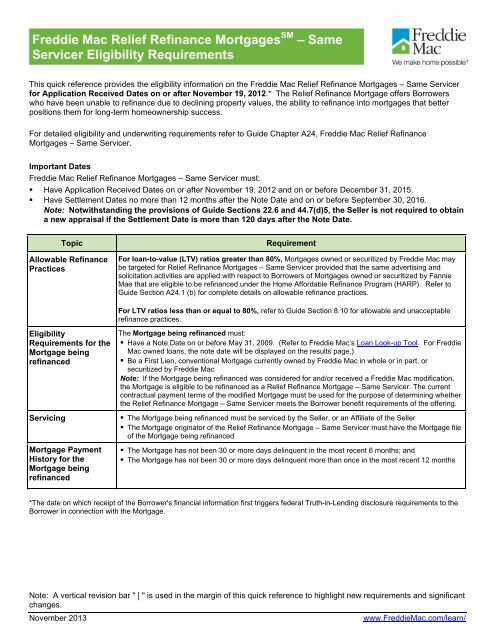
Loan modification: A change in one or more terms of the original loan to eliminate the arrearage and usually attempt to lower the monthly payments.A forbearance is usually coupled with a more permanent solution like a loan modification. Forbearance: Monthly payments are suspended or reduced temporarily.Deferral of principal: The homeowner pays only interest for a period and then resumes normal principal and interest payments.Buyers should not have to pay back the delinquent escrow twice. This usually means the loss mitigation department has not contacted the escrow department. You should warn homeowners to call back if, after negotiating a workout agreement, they receive a notice from the servicer raising the total monthly payment because delinquent escrow accounts must be made up. Repayment plans may be limited in duration depending on the type of loan involved. Repayment plan: The homeowner agrees to pay the arrearage as an additional payment each month.If the homeowner is to keep the house, they must typically reinstate, redeem, file a Chapter 13 bankruptcy, or attempt a work out a letter with the lender. These provisions of Regulation X may be enforced pursuant to Section 6(f) of the Real Estate Settlement Procedures Act (RESPA). In that acknowledgment, the servicer must also state whether the application is complete or incomplete, and must state what additional information must be submitted to render the application complete. Additionally, if a loan servicer receives a loss mitigation application 45 days or more before the judicial sale, the loan servicer must promptly review the application, and, within 5 days of receiving the application, acknowledge receipt of the application. If a borrower submits a “complete loss mitigation application” after initiation of the foreclosure but more than 37 days prior to a scheduled sale, the plaintiff shall not move for judgment or conduct a judicial sale. With certain exceptions, Regulation X dictates, for instance, that the servicer shall not initiate foreclosure if the borrower has submitted a “complete loss mitigation application” within the 120-day pre-foreclosure review period. Attorneys assisting a with a foreclosure must review the timelines established by the CFPB in Regulation X. The loss mitigation process is largely governed now by Regulation X – a federal regulation promulgated by the Consumer Financial Protection Bureau (CFPB). Some public benefits, like Supplemental Security Income, Medicaid, or SNAP have resource limits, however, which should be considered when advising clients to save large sums of money. Homeowners should also continue to save payments as the number of missed monthly payments accrues. Homeowners should also attempt to make payments as much as possible and save any funds returned to them by the servicer. A realistic and careful assessment of the client’s income and expenses must be done to determine if it is feasible to keep the home. The loss mitigation process can be difficult, but communication, diligence, and persistence are usually helpful in obtaining a loss mitigation agreement.Ĭlients should attempt to decide if they can realistically retain the house, or if they wish to move. If the homeowner is in default or is at imminent risk of default, the homeowner should immediately contact the servicer and try to reach a loss mitigation agreement. Working directly with the loan servicer early in the process can be very important to avoiding foreclosure. Whether the loan is owned by a government-sponsored enterprise, Federal National Mortgage Association (Fannie Mae) or the Federal Home Loan Mortgage Corporation (Freddie Mac).Whether the loan is insured by the federal government, Federal Housing Administration (FHA), Rural Housing Service (RHS), or Veteran’s Affairs (VA) and.


Loss mitigation is a generic term for options to avoid foreclosure.


 0 kommentar(er)
0 kommentar(er)
